What’s Beneath the Bubbling Sand at the Bottom of the Montezuma Well?
A dive to the bottom of this ancient sinkhole reveals bubbling sand, thick like Silly Putty. Is there another pond beneath it?
Listen and subscribe on Apple Podcasts, Spotify, and all major podcast apps.
Dylan Thuras: In 1873, a man set out to investigate what had been called a bottomless well out in rural Arizona. This supposedly bottomless body of water was near a town called Rimrock. Its name was Montezuma Well, but really it was more like a really deep sinkhole.
And it was big, it was 368 feet across. And Montezuma Well had always been mysterious. It was surrounded by plants, but no fish seemed to live in it, and any fish people put into it died soon after. Local Native American groups said that the well was a powerful place, and some stories even said it was the place where life itself had originated.
So one day in 1873, a military doctor named Captain Warren Day decided to find out what was up with Montezuma Well for himself. He gathered together all the rope he could find and tied it into one long coil. Then he paddled out to the center of Montezuma Well and tossed the rope overboard.
The rope pretty quickly hit bottom. Day pulled it up and only 65 feet of it had gotten wet. To save face and avoid the jokes back at the fort, he made sure to dunk the rest of the rope in the water, and declared it bottomless anyway. So, bottomless lake has a bottom.
Case closed. Except … Nearly 100 years later, in the 1960s, a scuba diver returned to Montezuma Well to get a better look at what was going on under the surface. The diver submerged, and right away, things got weird. First off, he wasn’t alone down there.
He was surrounded by thousands and thousands of free-swimming leeches wriggling all around him. Despite the pests, he went deeper and deeper, until he reached the bottom. Or what at first seemed like the bottom. Because in its place, he found, as he described it, an irregular boiling surface, like that of thin mush cooking. So maybe the bottom wasn’t actually a bottom after all.
My name is Dylan Thuras, and this is Atlas Obscura, a celebration of the world’s strange, incredible, and wondrous places. Today, we go to Rimrock, Arizona, to explore the depths of a millennia-old oasis, and find out what’s really going on underneath Montezuma Well.
This is an edited transcript of the Atlas Obscura Podcast: a celebration of the world’s strange, incredible, and wondrous places. Find the show on Apple Podcasts, Spotify, and all major podcast apps.

Dylan: There’s not many people who can say that they have dove into the mysterious depths of Montezuma Well. But Dave Conlin is one of them. He’s an archaeologist with the National Park Service’s Submerged Resources Center. Basically, he’s an underwater archaeologist.
Dave Conlin: My job is to—we find things underwater, we document them underwater, and then we write about or interpret them. We share them with the public, we share them with other scientists, and we share them with the managers in the National Park Service that help them make decisions about what they need to do about stuff.
Dylan: Montezuma Well is exactly the kind of place that interests a guy like Dave.
Dave: It looks like a little miniature volcano. There’s this big, open crater, and you walk up the hill—and it’s not very far, the parking lot’s probably 200 yards from the overlook into the well—and you walk up, and then you look down, and you can see down into this, sort of, what looks like a volcanic caldera. And then at the bottom, there’s a whole bunch of water, and the water’s full of duckweed, and there are birds and stuff hanging out. Then along the rim, on the inside, is a bunch of Native American dwellings for the people that lived there for thousands of years.
Dylan: Those dwellings come from the Sinagua people, who began building them around 1050 CE, and then the dwellings were abandoned around 1400. Dave first heard about Montezuma Well, this mysterious body of water in the heart of Arizona, from his mentor, a guy named Dan Lenihan, who had dived Montezuma Well back in 1976. This was over a decade after that previous diver had made the note about that irregular boiling surface on the bottom.
Dave: Dan always wanted to go back because he had an absolutely remarkable experience. He descended down, and he came to what looked like the bottom of the well, which was just sort of bubbling sand, and he stuck his hand into it, and his hand went right through. Then he built up his courage and stuck his head through the sand, and when he stuck his head through the sand, there was perfectly clear water underneath the sand layer, and he could see limestone columns underneath there. So, he really wanted to go back and see if we could further explore this lens of clear water that laid underneath this bubbling lake of sand.
Dylan: As it turned out, it seemed that Montezuma Well, this limestone sinkhole a little longer than the length of a football field, was fed with the water of an underground spring. Back in the 70s, the goal of that mission was to see if there were any archaeological materials down there. They didn’t end up finding anything, but the experience of seeing this bubbling sand and perfectly clear water underneath always kept Montezuma Well on Dan’s mind.
Dave: He would say, you know, I went on this dive, and I had this amazing experience, and I saw these things, and we really need to get back there. We really need to check this out. We really need to see what’s there. And finally, you know, we had some time in our schedule, and we said, sure, let’s go. Let’s go check it out.
Dylan: So in 2006, 30 years after his mentor Dan’s first trip to that bubbling false bottom in the depths of Montezuma Well, Dave and Dan, student and mentor, dove it together.
Dave: The object of the project was really just to see if that lens of clear water that Dan had seen in 1976 was still there.
Dylan: Before they dove, they needed the blessings of the local tribes. Though the Senangua migrated away from Montezuma Well, Native people still live in the area, specifically the four southern tribes of Arizona, the Yavapai, the Apache, the Hopi, and the Zuni. They got the blessings of local elders, and they began their descent. Dave was immediately surprised by the odd lack of wildlife.
Dave: There’s something about the water chemistry. I guess there’s not enough oxygen in the water to support fish life. So there’s a bunch of—they’re these little tiny flat leeches that are about three inches long. They’re not the leeches that suck your blood, but they’re swimming around, and while we were there, they would see their reflection in our scuba mask, and they would come up and they would try and interact with themselves, not knowing that it was actually a reflection. So there’s all these little worms running around, and that was really pretty much it. We didn’t see any salamanders, any turtles, any other kind of amphibians, and no fish.
Dylan: Dave got more and more excited as he got closer to the bottom.
Dave: You can see it boiling and bubbling, and you can see, like, the sand bubbles up and then flows off and flows down and moves all around. It’s one of the coolest things you’ve ever seen. So it’s really a sort of pond beneath a pond. And when we were there, it was really interesting in the sense that you could take a cup, and you could scoop up a scoop of this sand and water mixture, and you could pour it out underwater, and you could, like, pour it from one thing to the other, and you could see the sand moving all over the place. It was really quite remarkable.
Dylan: After hearing Dan’s story over the years, Dave figured he would try to stick his head through that bubbling sand and see the clear water that Dave had told him about.
Dave: I tried to stick my head into it, and I couldn’t push myself into the sand itself. Because the sand and water is about twice as dense as regular water, because of the weight of the sand and the water mixed together. It’s like trying to push your head through Silly Putty or something like that. We weren’t able to do it.
Dylan: As you can imagine, Dan was pretty disappointed.
Dave: The problem is that he never was able to take a picture. He was never able to prove to anyone that he’d seen it. I believe him that he saw what he saw, but I think he left feeling like, gosh, I saw this amazing thing, and I have no proof that I saw it. So I think that part of why he wanted to go back was to see what he could see. And we weren’t able to duplicate his experience. My theory is that the spring was flowing a lot stronger when he was there than when we were there. So the force of the spring was pushing more sand up, and there was actually clear water underneath. So he was able to look into the clear water.
Dylan: Although they didn’t get to take the pictures that Dan wanted, the divers did get to answer some important questions about Montezuma Well.
Dave: We dove over the course of two days, and then we came back the next year and we did another set of dives in the well, just to kind of make a map of it, which we shared with the park and with the local community. And what we did is we dropped our—we had a probe, we dropped it down to kind of give us a sense of what the depth was down there. So I think the probe went, I think we were at 30 feet, I think the probe went in the shallow part, it went down like 19 feet. And in the deep part, it went down like another 40 feet, something like that. But as far as I know, it’s sand, you know, it’s sand and water all the way down.
Dylan: Dave says if there’s another dive at Montezuma, they will bring a probe with a camera on it. They didn’t have that back in 2006. However, if there is another dive, his mentor, Dan, probably won’t be a part of it.
Dave: Dan sort of hung up his dive fins a couple of years ago. He’s getting up there. He’s had his share of experiences and wild dives, and it would really be up to him to decide whether he was up for one more shot or not.
Dylan: Diving in Montezuma Well is not something that normal folks can just do. You need a bunch of special permissions for it. And Montezuma Well still holds significance to the tribes of the area. The Yavapai people tell a story about Montezuma Well being the place where their people emerged into the world.
Dave: I remember, you know, coming up from one of our dives and the native elders were up above, and they were offering a blessing for the success of our project and also, you know, to kind of make it possible for us to be there. We were guests of the tribe and we were really diving in their church. That’s not something to go out and be an Instagram influencer about. It’s something that requires a tremendous amount of respect. It’s a place where the people of the area congregated for thousands and thousands of years. And so, you know, what I would say is I feel incredibly fortunate that the park was able to work with the local community and make it possible for us to dive there.
Dylan: To this day, we still don’t know exactly what is going on at the not-bottom-bottom of Montezuma Well. Mysteries remain. Although Montezuma Well cannot be dived, travelers can enjoy the nearby picnic grounds. It is still a sacred space, so travelers should remember to be respectful.
Listen and subscribe on Apple Podcasts, Spotify, and all major podcast apps.
Our podcast is a co-production of Atlas Obscura and Stitcher Studios. This episode was produced by Baudelaire.
The production team includes Doug Baldinger, Chris Naka, Kameel Stanley, Manolo Morales, Gabby Gladney. Our technical director is Casey Holford. This episode was sound designed and mixed by Luz Fleming. If you want to learn more, be sure to visit atlasobscura.com. There is a link in the episode description. And our theme and end credit music is by Sam Tindall.
I’m Dylan Thuras, wishing you all the wonder in the world. I will see you next time.
This story originally ran in 2023; it has been updated for 2025.

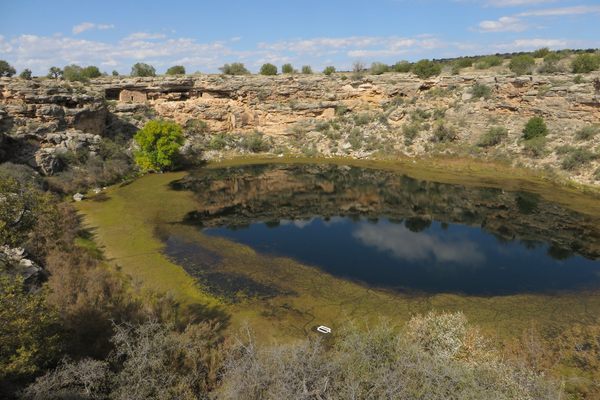
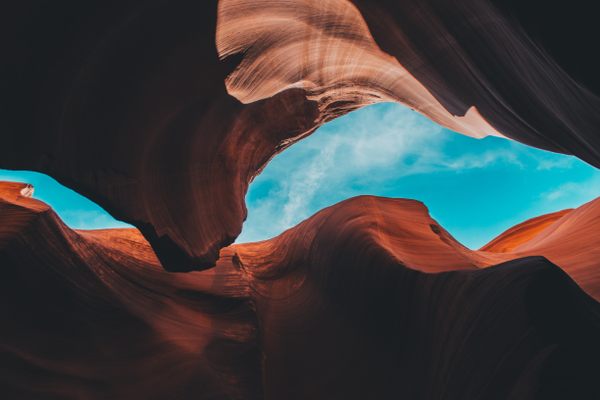


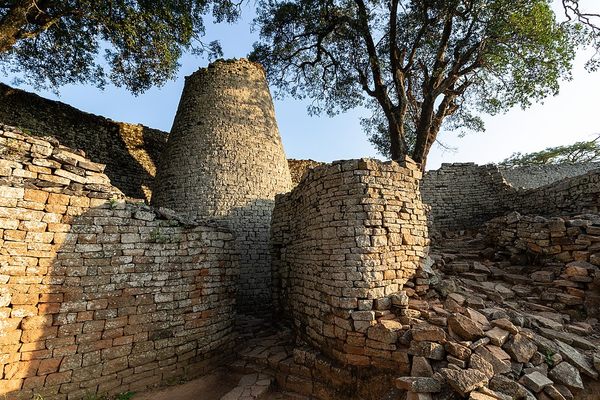
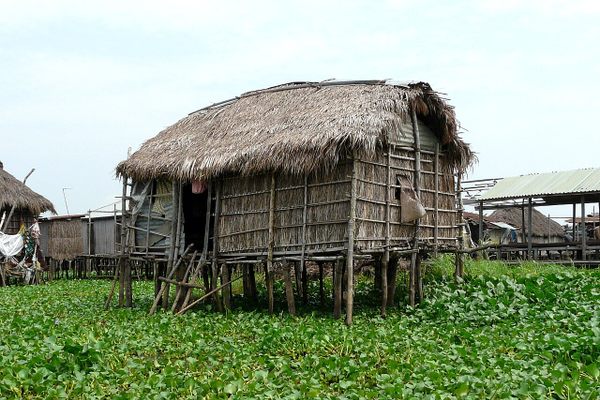
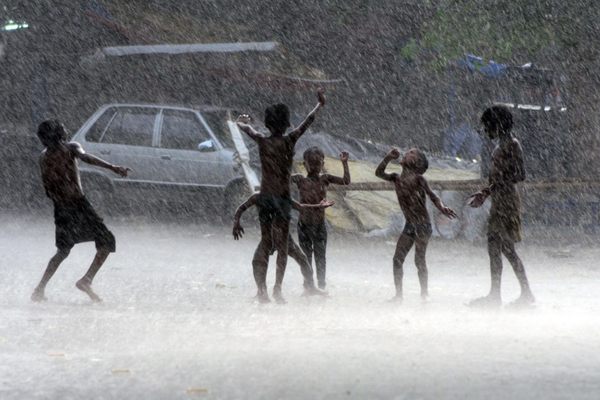

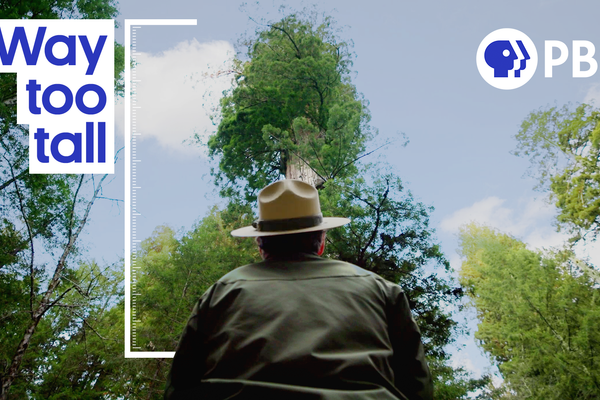



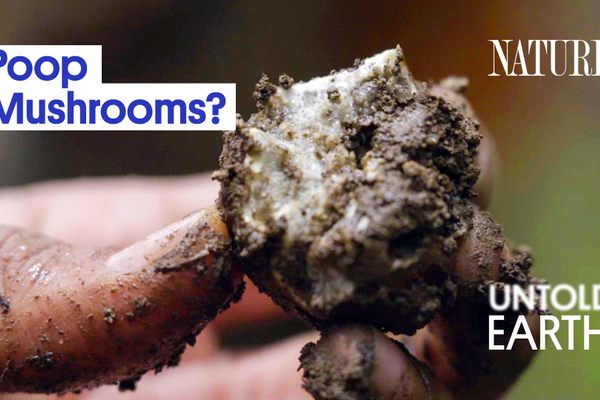

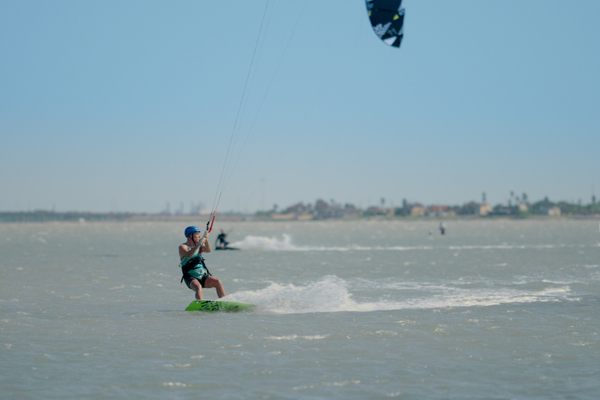

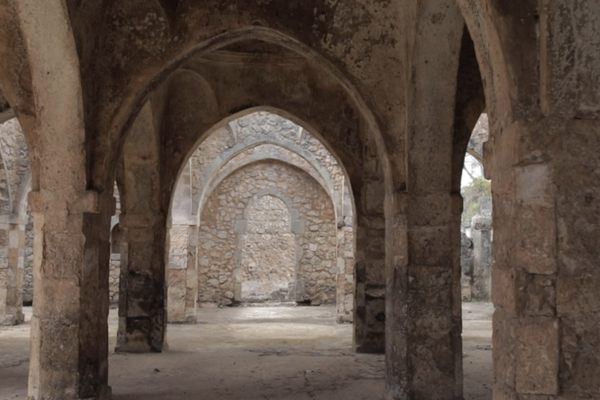

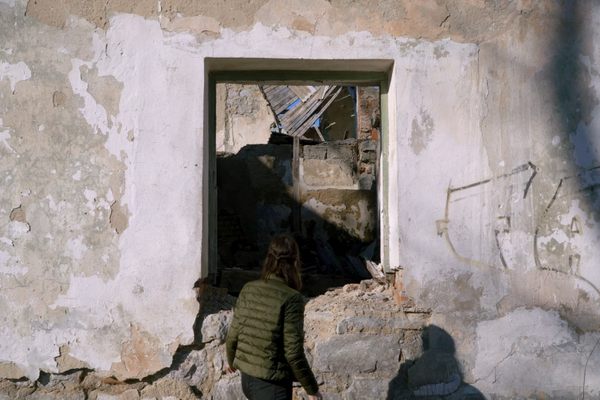



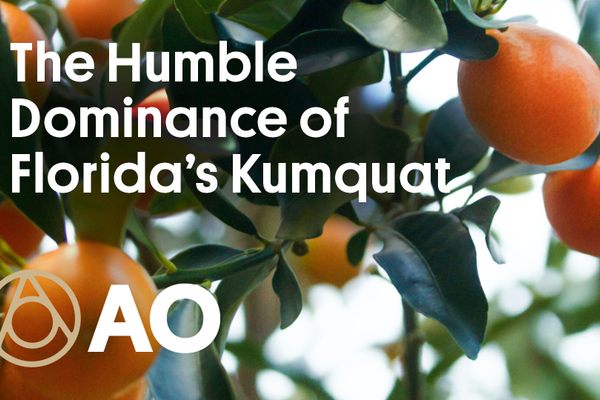
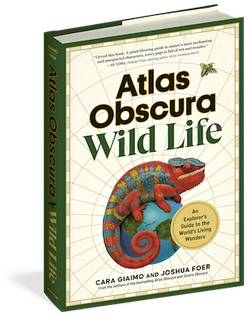

Follow us on Twitter to get the latest on the world's hidden wonders.
Like us on Facebook to get the latest on the world's hidden wonders.
Follow us on Twitter Like us on Facebook